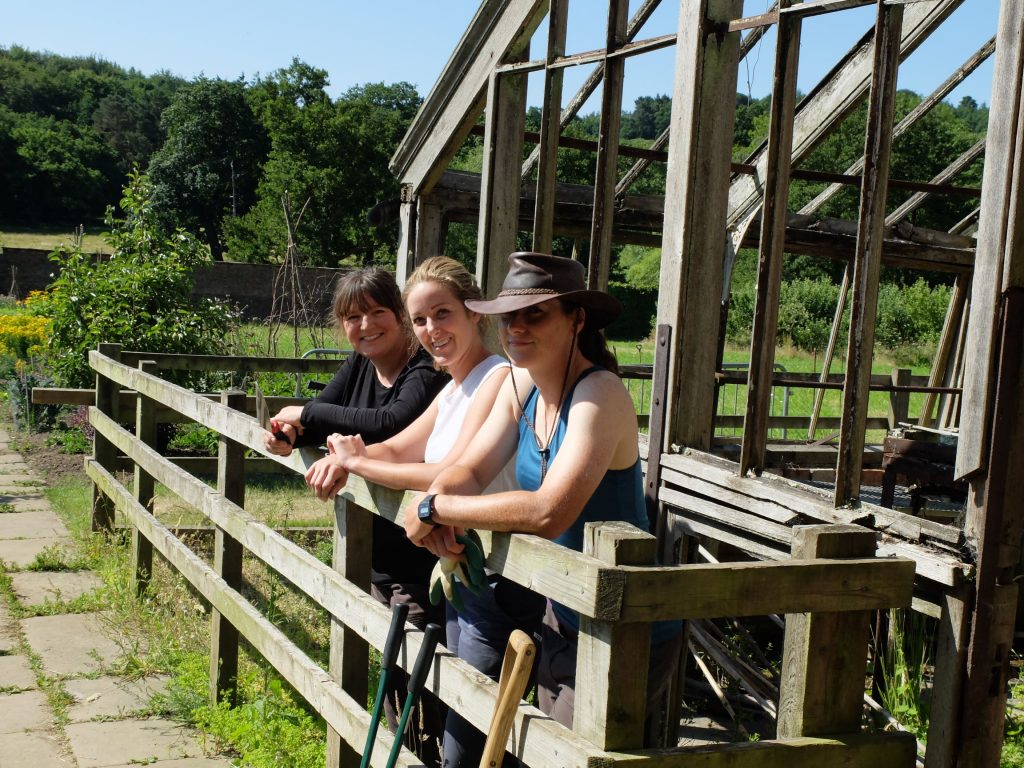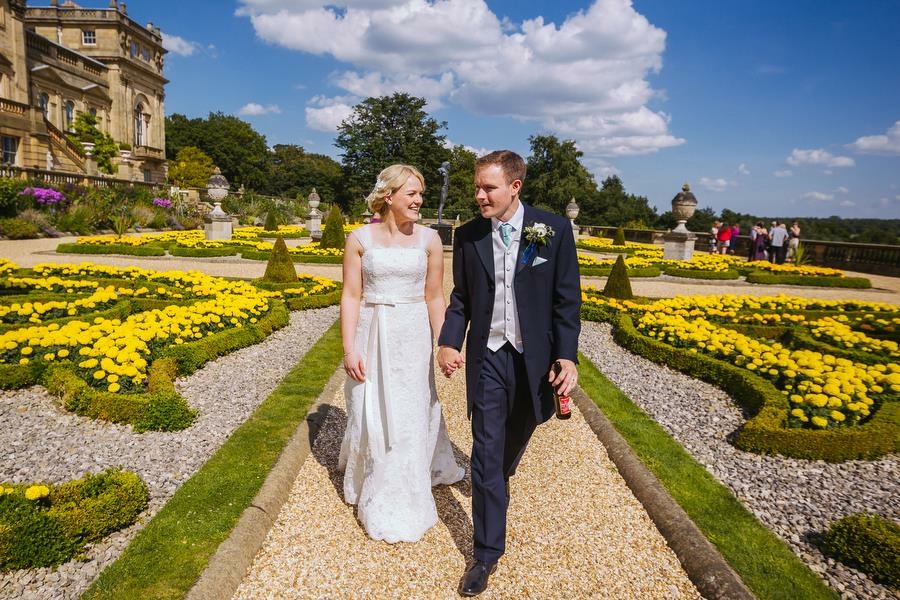 Seeds of Hope at Harewood this summer, reminded us that, whether you were home or fighting overseas, everyone was affected by the First World War. Our hope was to tell the story of those who stayed at home, contributing to the war effort by growing food and cultivating the land. The sense of community and mutual support came across strongly through the letters, diaries and stories we unearthed from that time.
Seeds of Hope at Harewood this summer, reminded us that, whether you were home or fighting overseas, everyone was affected by the First World War. Our hope was to tell the story of those who stayed at home, contributing to the war effort by growing food and cultivating the land. The sense of community and mutual support came across strongly through the letters, diaries and stories we unearthed from that time.
There were moments of hope, as the soldiers recovered in the convalescence hospital sited in Harewood House, the opportunity women had to develop new skills as Women’s Land Army in the Walled Garden, and the Naval Award recognising Harewood’s gardeners’ contribution to the war effort. To reinforce this sense of hope and renewal, we purposefully chose to plant 1,269 sunflowers, representing all of those recovering at Harewood. Sunflowers even in decay, promise new life, as the seeds emerge when the flower dies, and can then be replanted.
We worked with an incredibly talented team; Lord Whitney, who treated the subject with such sensitivity and wonderful storytelling, that you could truly imagine the Bothy Boy’s daily toil, or Mr Leathley, the Head Gardener’s reluctant acceptance that his roses must give way to a productive garden.
Human resilience and the power to renew ourselves, even in the darkest of times, is what keeps us all going. I like to think that Harewood today can still add to this sense of peace and rejuvenation. We may only be 7 miles from Leeds city centre, but when you are here, it can feel as though you’ve completely escaped from the stresses of everyday life. Next time you visit, take a moment to gaze across the lake, watch the Red Kites swoop over the walled garden and walk through the trees of a landscape created by Capability Brown over two centuries ago.
We hope our contribution to the commemorations of the end of the First World War and the community spirit here, was a just, sobering, but also uplifting moment of reflection and insight for every generation of visitor. It seems fitting to end with part of Wilfred Owen’s poem ‘Futility’, which my 10-year old has been reading at school this week;
‘Move him into the sun –
Gently its touch awoke him once,
At home, whispering of fields unsown.
Always it woke him, even in France,
Until this morning and this snow.
If anything might rouse him now
The kind old sun will know.’
To keep up to date with behind the scenes stories, follow us on Facebook, Twitter and Instagram.





